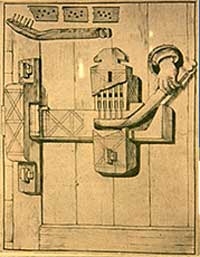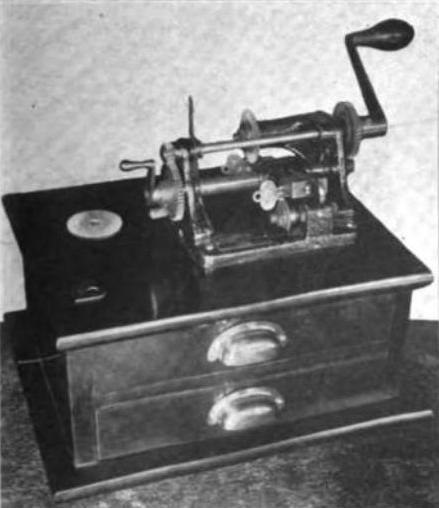There is evidence of key facilitated locking mechanisms up to 4,000 years ago in ancient Egyptian society. Interestingly, both Western as Eastern (mostly China) developed the idea of the lock and key, with little sign of cultural exchange until later as evidenced by stylistic similarities. Persia (the Middle East and especially Iran) too had a unique generation of the lock and key. In these societies the key attained alternate meanings, using Iran as an example there is extensive evidence of keys being used in religious and symbolic senses. Two sources which provided imense historical background were Locks from Iran and Door Locks form Persia; the authors point to the spiritual and psychological need for keys. Iranian culture uses locks and keys at religious sites (such as temples), as love charms, and as a gift to signify the virginity of a young bride. I delve deeper into the interpersonal relations on the People & People page.
Another source from which scholars derive their historic timeline of the lock and is the Bible. There are a number of passages that reference the mechanisms, such as the book of Isaiah chapter xxii, verse 22: "And the key of the house of David will I lay on his shoulder". Also in the Book of Nehemiah, chapter 3, it is stated that when repairing the old gates of the City of Jerusalem - probably in 445 B.C. - they "set up the doors thereof, and the locks thereof, and the bars thereof."

A short historical anecdote: Several centuries ago, in Spain, there was a great distrust of locks. To be safe, the householders of a block hired a watchman to patrol the neighborhood and carry the keys to their dwellings. To enter or leave a house, the resident clapped his hands vigorously to summon the watchman with his key, so, all comings and goings became a matter of public record. While there is little scholarship to back this claim up, it is an interesting example of a community relinquishing privacy by foregoing the possesion of a key.
Keys and locks were originally constructed from wood until mankind developed metal-working skills that could produce more precise pieces (the skeleton key). Metal keys are clearly used in Medieval society (front gates of fortifications, castles, etc.); the proliferation of the flat metal keys we are familiar with occurred in the 20th century with the invention of a duplication device.

The Mechanical Duplication Machine, invented in America circa 1917
Back to The Key main page
